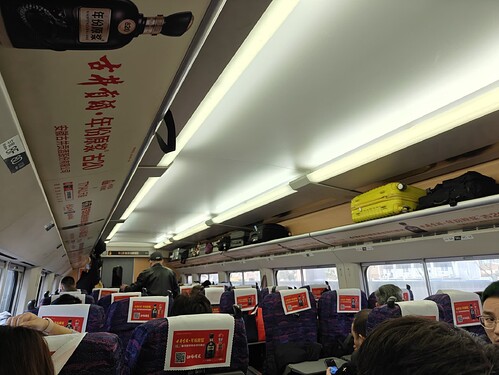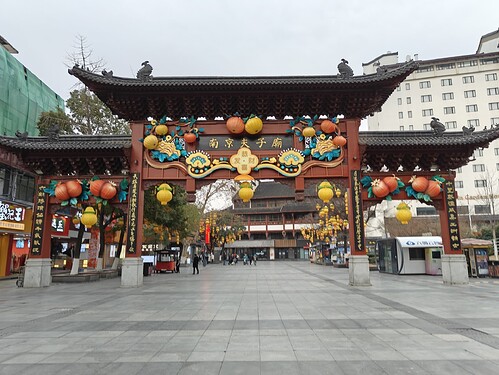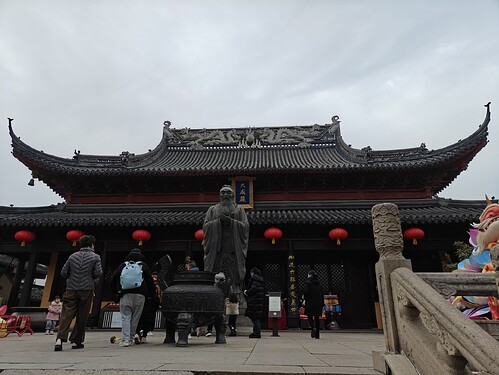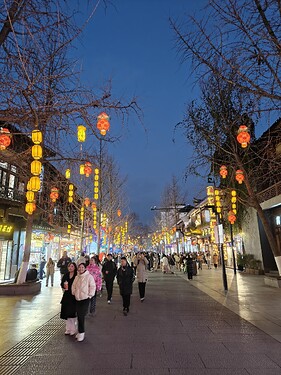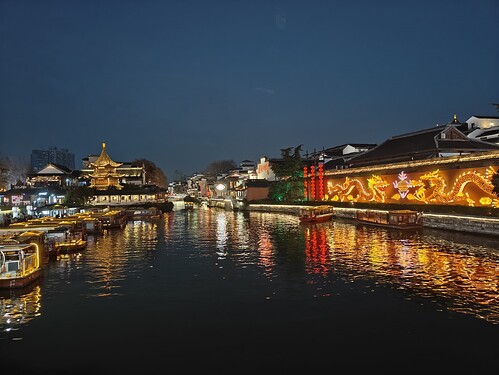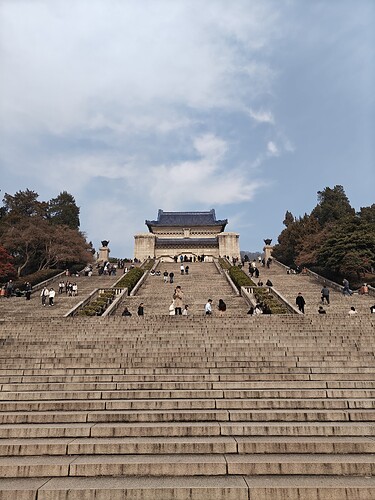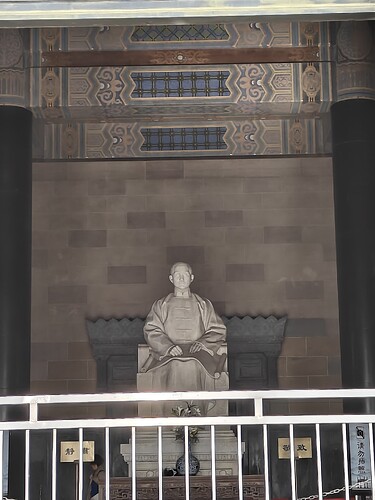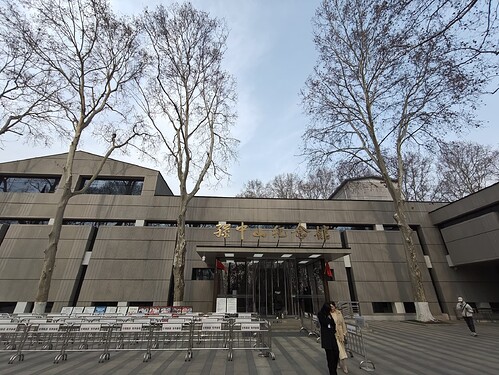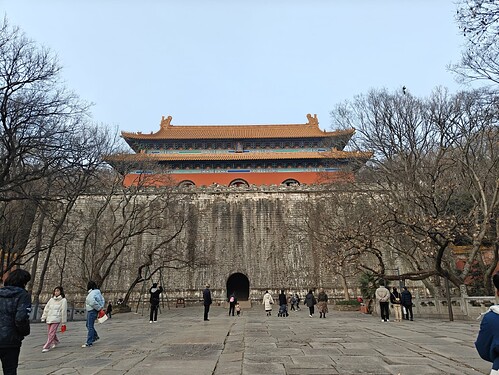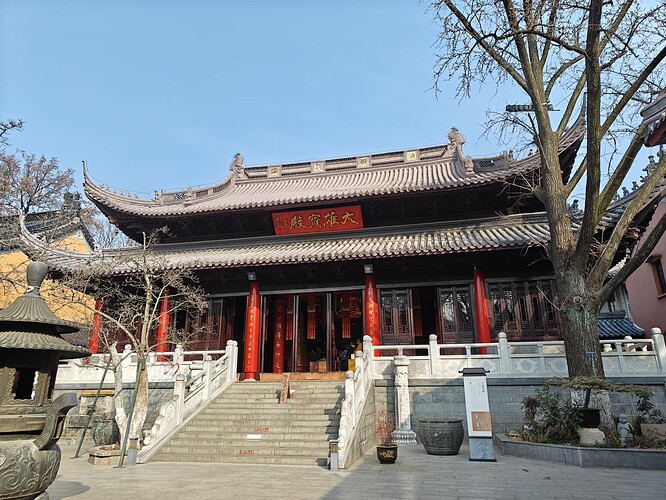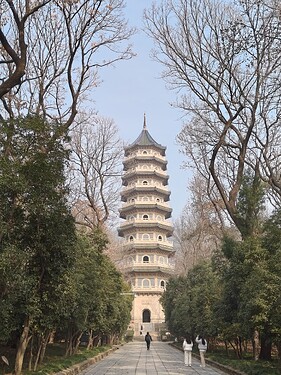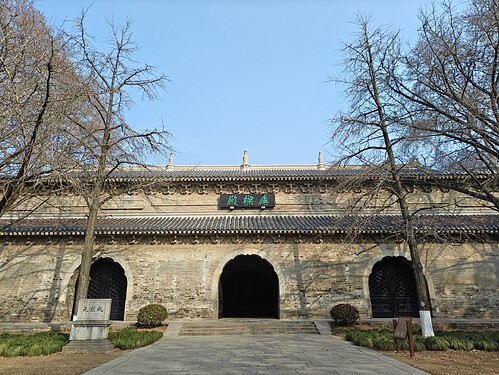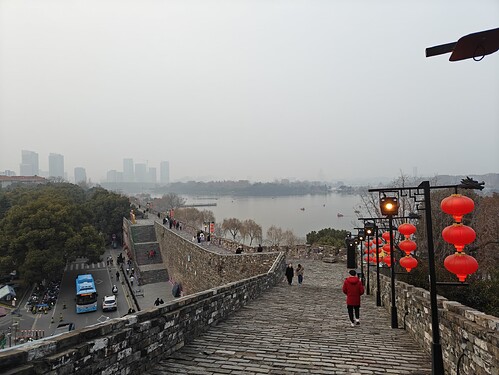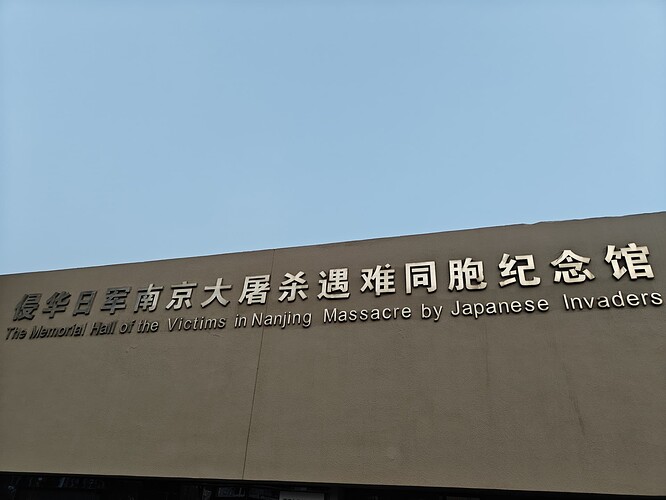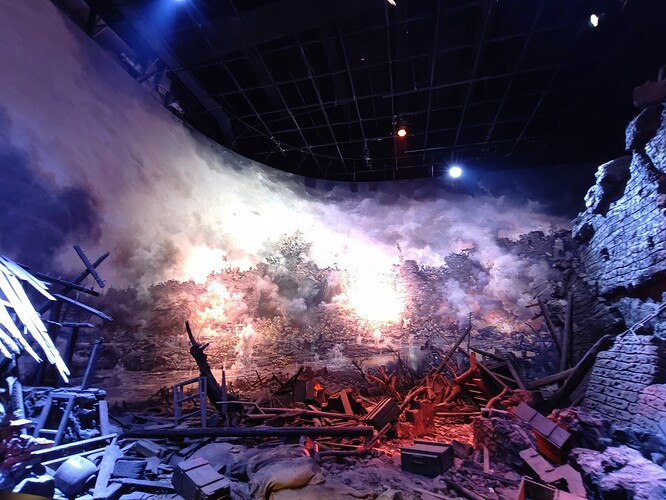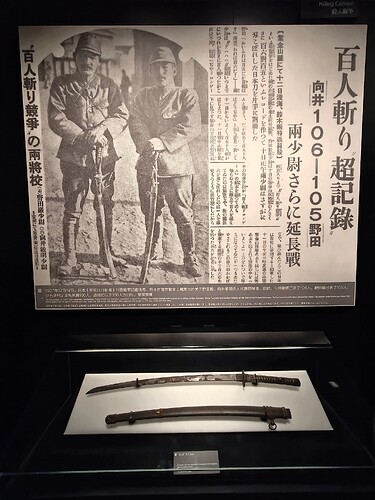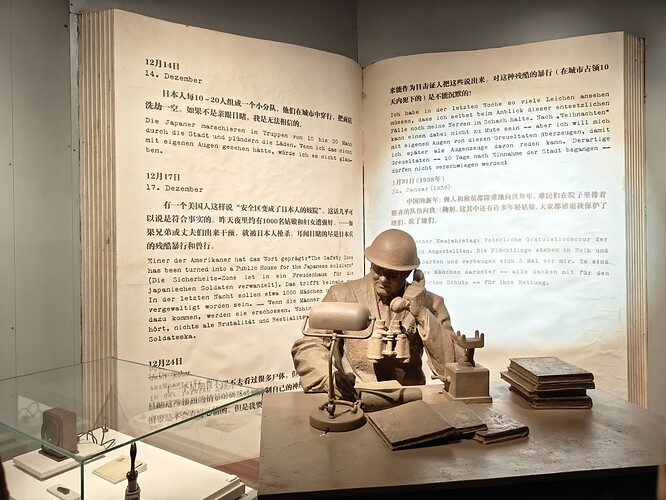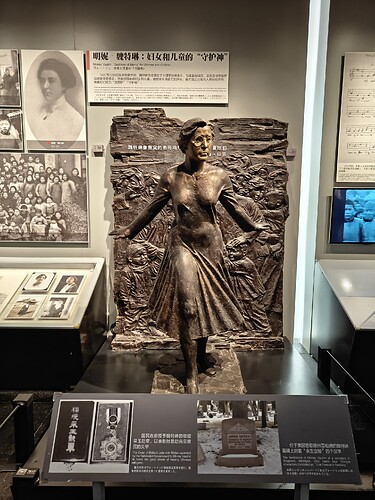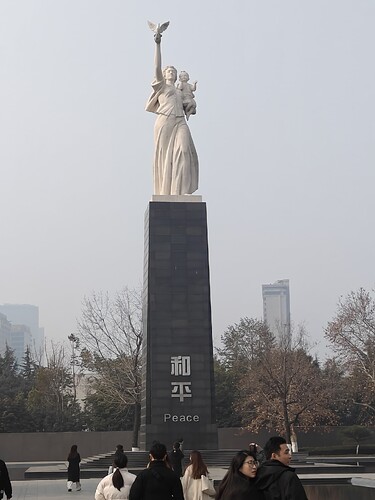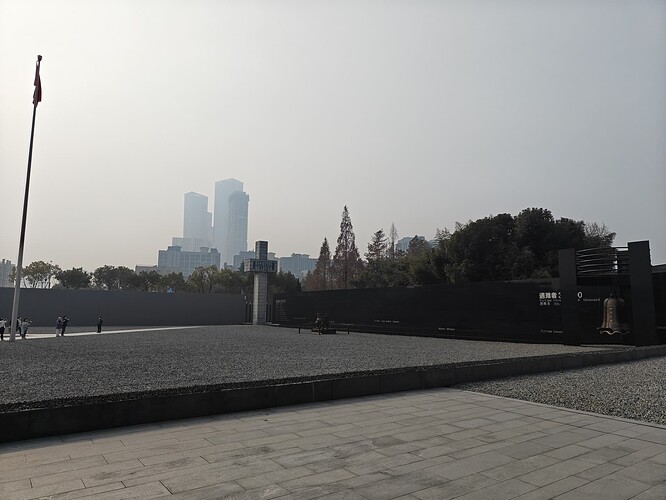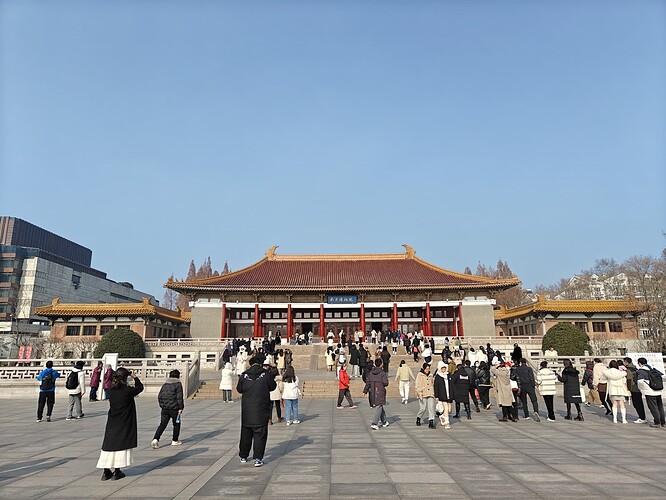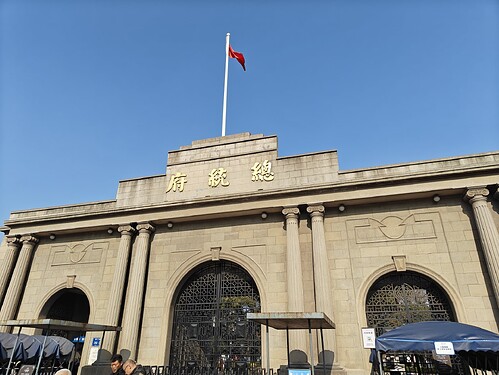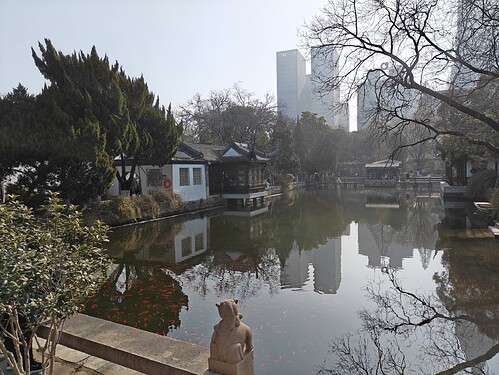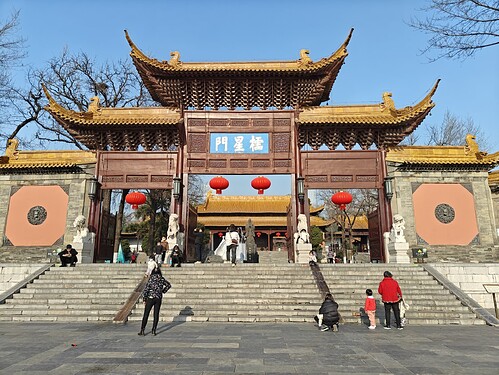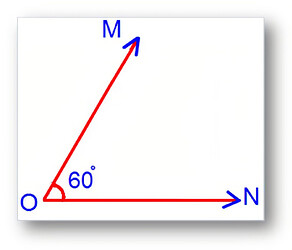Nanjing, or 南京, would translate literally as “Southern Capital”, just like how Beijing means “Northern Capital”. And for good reason too. Nanjing was the capital of China when the Nationalists (or Kuomintang) were in power, but its tumultuous history was not limited to the KMT, and thus, I had a thirst to visit.
I didn’t spend the entire week there, nevertheless, let us begin. Oh and by the way all of the images starting from here were taken on my new phone.
Day 1 (Monday).
Nanjing is very close to Shanghai, so taking a flight there was not required. So instead I took the high speed railway. The train had a top speed of 304 km/h, and I arrived at Nanjing around 1-2 hours. The interior looked like a plane’s.
Arrived my hotel at around 2pm the I yeeted my luggage into my room and left to my first site. Oh by the way if you want to read my “intermission week” at Shanghai, here you go: Strolling Through Shanghai... Again (Travel... Blog? Part 5)
Confucius is a very well known philosopher around the world, and many of his beliefs still play a part into Chinese culture today. Personally, I’m not too big of a fan for Confucius, so it made sense that I went to the Confucius Temple (That’s what it’s called, it doesn’t have a name). Here’s the entrance.
And here’s the temple (I reluctantly paid a somewhat expensive ticket to go into the temple area.) There’s the philosopher.
Now something you should know its that the temple is actually in the middle of a square that is filled with shops selling Nanjing food, traditional Chinese clothing (for women only, I couldn’t find anything fitting for males). At night, they turn on the lights, and it becomes really beautiful (for me at least):
Flowing through the middle of the square was a river.
And there, that’s day one for you.
Day 2 (Tuesday).
One of the most important persons ever to exist in Chinese history was revolutionary known as Dr. Sun Yat-sen (孙中山). He was credited with the ultimate success of overthrowing the Qing Dynasty, one of the most important events in Chinese history, and give rise to modern China. When he passed away on the 12th of March, 1925, the KMT gave him one of the largest funerals ever, where his coffin would be placed in a grand Mausoleum on a grand mountain. Today, Sun Yat-sen is given the appropriate title of “Father of the Nation”.
That Mausoleum still stands to this day, at Zhongshan Mountain National Park, named after the man himself (He is called Sun Zhongshan in Chinese, he had many names. His burial place overwatches the park, and to get there you will have to climb some stairs, and pass some gates. Please note that this image was taken halfway into the climb.
Technically, I’m not allowed to take photos of the Mausoleum’s interior, out of respect, but nobody said anything from taking photos from the outside. So here’s the man himself.
The entrance to the Mausoleum actually has a memorial museum right next to it, dedicating to explaining the life of Sun Yat-sen, his multiple failures, his collaboration with the CPC, and eventually his success.
The view from the Mausoleum that overlooks the National Park was absolutely breath-taking, and so it would make sense that the KMT bury such an important figure in such a grand place.
Now, Zhongshan Mountain National Park, was a park, and it was incredibly large, and is not limited to just Sun Yat-sen’s Mausoleum. On the left of the Mausoleum, there was the Burial site of the emperor of the Ming Dynasty (forgot his name. And the park is so large that you actually had to take a bus to get there).
Take a bus write from Sun Yat-sen’s Mausoleum to the right, and you’ll encounter a park (yes, a park inside a park). This park had a Buddhist temple.
However, the Buddhist temple, as well as multiple buildings built from the Ming Dynasty were turned into Burial grounds where the fallen soldiers of the NRA (National Revolutionary Army, military arm of the KMT) were laid. Keep in mind, the CPC and KMT were sworn enemies literally killing each other in a civil war to see who would come out on top and rule China, which the CPC won. And so for the CPC paying their respects to their enemies and giving them proper funerals, well, that’s commendable. It’s like saying “GGs” to other players with respect. Here’s another building from the Ming Dynasty turned into a burial ground
And here’s the main one, with the names of the Nationalists soldiers engraved, and the anthem of the Republic of China (also the anthem of Taiwan), and a letter written commending them for their bravery. (no photos of interior).
There was even a burial site where multiple graves had the flag of the Republic of China (Present day Taiwan’s flag) are placed respectfully on the graves and headstones, which are maintained. You got to give the Communists credits.
And after the National Park I went to visit the a section of the Nanjing City Wall, built during the Ming Dynasty, and the entirety of Nanjing was just inside the wall. I won’t write too much about the wall, as it was no where near as Grand as the Great Wall in Beijing.
Day 3 (Wednesday)
This section of my blog is dedicated to those who have suffered during Japanese occupation of Nanjing. Some parts and descriptions will be blurred if I deem it way too gory. Please read them at your own risk. By the way, the forum won’t let me type the word, but you should know what R-worded means in the context.
On the 13th of December, 1937, Nanjing, then known as Nanking, fell into Japanese hands despite fierce Chinese resistance. Almost immediately, the Japanese soldiers immediately began committing war crimes on a scale that has never been seen before. Today, China commemorates these victims, both to those who have died, and those who survived at a museum known as “The Memorial Hall of the Victims of the Nanjing Massacre [committed] by Japanese Invaders.” (Please note the light difference was due to sunlight)
This statue, one of the many, gives a shared sentiment when the Japanese troops entered the city.

The exhibition was somewhat split into three parts. The first part was Chinese defence before Nanjing fell. The second part, also the main part, was about the war crimes committed by the Japanese. And the third part was about recovery, and the need to have peace in the world, and to reflect on history and remember it.
After Shanghai fell to the Japanese, the Japanese continued to pursue Chinese forces and eventually arrived at Nanking. Since it was the Capital, it was the city that Japan wanted to capture. Even though China had 150,000 personnel, they did not have an Air Force or Navy, and barely had proper equipment. Thus, they were defeated by a Japanese force of 100,000.
Almost immediately after Nanking fell, the horrendous atrocities would begin.
Using “Brutal” as and adjective to describe the killings would be a massive understatement.
The Chinese of Nanking were killed in numerous ways, such as being shot. This was perhaps the quickest and least painful of them all, and many Chinese hoped that should they be killed, this was the way they would die.
Other methods of killing that the Japanese used on the Chinese included stabbing, using the Chinese as live bayonet and shooting targets for practice, dousing the Chinese in gasoline and setting them alight (while they were still alive), burying them alive, beheading and so many more ways that it is impossible to count them all.
Arguably, women had it even worse. Many women, regardless if they were minors, pregnant or elderly, were r-worded or gang r-worded multiple times per day, and then either left to live, or killed. At least 20,000 women were victims of r-word, assault, or both in the first month of Japanese occupation in Nanking alone. This gave the Nanking Massacre another name: The R-word of Nanking. (You know exactly what it is, it just won’t let me type it).
One of the images in the exhibition showed a corpse laying in the middle of the street. Although very unclear, it was the corpse of a 15 year old girl who was r-worded by 20 soldiers before a bayonet was shoved into her genitals and ruthlessly pulled upwards. The same bayonet was then thrusted into her forehead, killing her. I wished that I did not read that. I did not take a picture for obvious reasons.
You may recognize this display:
It is an image of the infamous publication by the newspaper company Tokyo Nichinichi Shimbun of two Japanese officers, Tsuyoshi Noda and Toshiaki Mukai, who held a competition to see who could kill (some people say behead) 100 Chinese the fastest. It showed Mukai killed 106 where Noda killed 105.
This newspaper publication was written the same way how a sporting match would be written.
In the end the Japanese “couldn’t tell”, so they increased the target to 150 Chinese each and kept going, which is how it lead to the current results. Unfortunately, the description under the Katana is too blurry for me to recall which one it was.
Infants weren’t spared as well. A recording of an interview with a survivor showed the survivor recall when an infant (just a few months old) was thrown into those things where they made mochi, before being bashed into bits by Japanese soldiers with hammers (mallets?), just like how mochi is made. I really wished that there was a way to erase what I had just listened to from my memories.
Killings and assault wasn’t the only crimes that Japanese soldiers had committed included robbery, as well as arson and vandalism.
But within the perils of evil, there always was hope. On the eve of the fall of Nanking, many foreigners who chose to stay, along with some Chinese set up the Nanking Safety Zone. In the end, this safety zone saved up to 250,000 Chinese who could have otherwise been slaughtered by the Japanese.
Perhaps the most famous and revered of all, was a Nazi Ambassador by the name of John Rabe.
John Rabe was the leader of the International Committee of the Nanking Safety Zone, and it was because of him that so many Chinese survived. Many tried to convince him to leave and yet he stayed.
He himself sheltered 600 civilians, and used his status as both a German and a Nazi to do whatever he could to bring food, resources and shelter to as many Chinese as he could, thus, many Chinese called him a “Living Buddha”.
He also wrote a diary, which details him recalling his experience. (Germans I’m sure you can read the words on the back).
Even though he was trialled for being a Nazi after ww2, the Chinese did whatever they could to pay their respects towards him.
Many call him the “Living Buddha” or “The Good Nazi”. And yet he was the same heroic man, and proved simply having an armband with a swastika did not make you evil.
For the Chinese girls and women, their “Goddess of Mercy” was an American diplomat by the name of Minnie Vautrin. She used a school to shelter as many girls and women as possible to prevent them from being r-worded by the Japanese, as well as doing her best to keep the Japanese out.
Her heroic actions has earnt her the titles of “Living Buddha” (as well) and “Guardian Angle”
There were many, many foreigners that resided in Nanking, and all played a massive role in helping the victims. They ranged from doctors to journalists, and helped by treating the wounded and giving them therapy, as well as documenting the evidence to make sure that this event never fades into irrelevance. This evidence would also sway US opinions which resulted in the US donating 30 million USD (at the time) to aid the Chinese.
According to Chinese estimates and the International Military Tribunal for the Far East, at least 300,000 Chinese were killed during the months of a period now known as the Nanking Massacre or The R-word of Nanking. This number is may be higher or lower, and the total number of victims may never been known.
War crimes like these are most certainly not limited to Nanjing, and were widespread throughout China (Do not get me started on the horrors of Unit 731). In fact, almost every nation that was under the occupation of the Japanese faced similar atrocities as well. For example, Korean women were forced into sexual slavery, often known as comfort women. There was also the horrendous treatment of allied POWs. I strongly recommend doing your own research to learn more.
To this day, Japan has not yet issued a formal apology to any of these nations, nor have they acknowledged that war crimes like these have even occurred. Many Japanese do not know of it as well, for topics like these are completely absent from their history textbooks. Some outright deny it happened even though there is solid evidence. In Japan there is also a Shrine. The Yasukuni Shrine, which worships all the Japanese soldiers in ww2, including ALL the war criminals.
We cannot change the past. But we can mould the future to our liking. Events like the Nanking Massacre serve as a reminder of just how dark humanity can become, and how such an event should never happen again.
The Memorial hall was also the site where the state funeral for the victims was held in 2014:
If you had read all the way to the end of this, Thank you. I will now move on. Oh and by the way, the exhibitions are available in Chinese, English and Japanese.
I went to the Nanjing Museum in the afternoon, which showcased Nanjing’s history in ancient China, as well as Republican China times. To be honest it was a let down. But still intriguing, nevertheless.
Day 4 (Thursday).
On this day I went to the Presidential Palace. This was the place where the KMT ran all of their governmental business. Again, it was also a place where the Ming Dynasty did the same.
I gotta say, the KMT picked a really beautiful and spacious place to set up conduct their governmental stuff.
And then I visited another Confucius temple, this one much larger than the last (mostly because this is where the Ming Dynasty emperor conducted business as well). This is the entrance. There is also a really large garden on the back.
Day 5 (Friday).
Took the High Speed train back to Shanghai.
“But SwitchbladeAdrenaline!” You say. “What happened to Saturday and Sunday!?”
And to that I say: Yes, I did do stuff. But that’s in Shanghai. This is about Nanjing. So Saturday and Sunday in my next blog will be written as Day -2 and Day -1 which will be Saturday and Sunday respectively. And also because I have to type this up relatively quickly because tomorrow (as in after this post), I’ll be catching a flight back to Australia, so please forgive the bad quality of the blog.
Overall: Nanjing felt very similar to Wuhan, but in a sense it was much better. I loved its food more, and for a history fanatic like me, there was a lot more stuff to do. It did face the same Hygiene issue for Wuhan though, nevertheless I enjoyed it a lot despite shorter stay, and the weather was really nice.
I rate Nanjing a solid 8/10. That’s based on personal opinions though, and if you are a history fanatic like I am, or just want to enjoy Chinese culture for what it is. Then yes, I definitely recommend it.
As always, stayed tuned for my next blog, which will be about my time in Shanghai for the last week of my vacation (at the time of this post, I’m returning to Australia the next day). Thus, next blog will be the last blog (there will be an overview after the last blog as well) of my travels in China.
I shall see you ggguuuyyysss next tttiiimmme.
